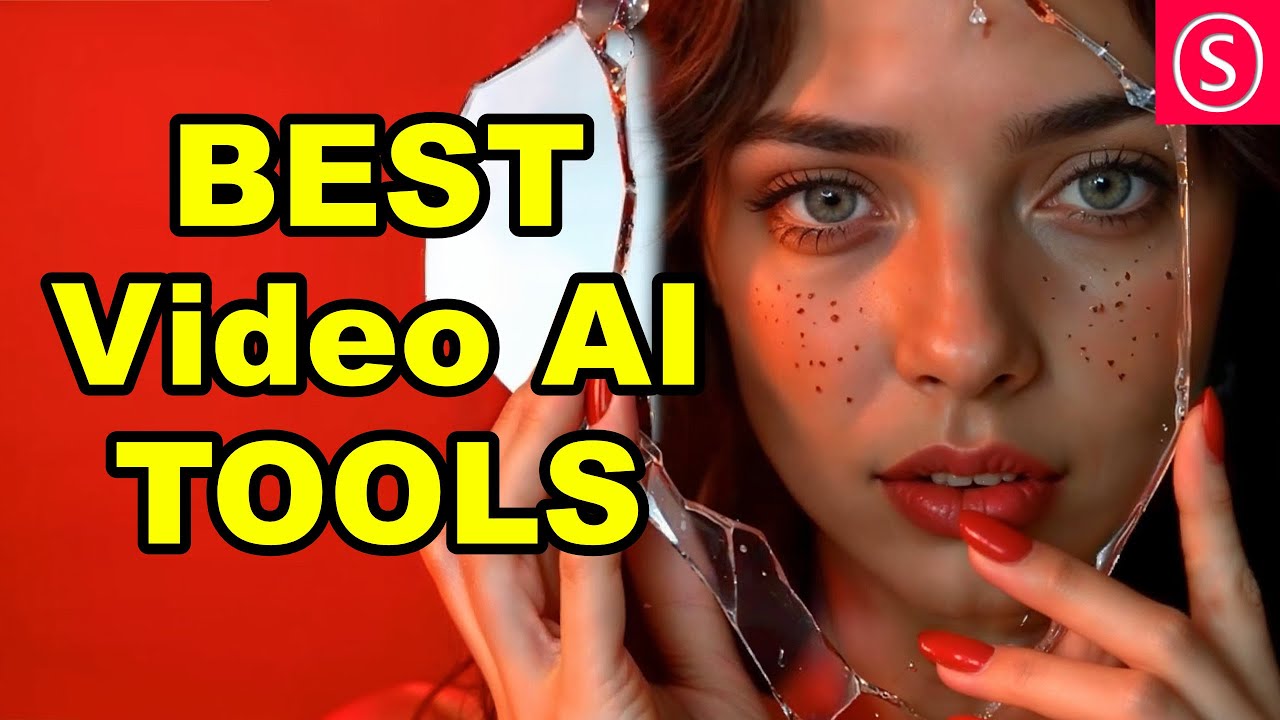The video showcases advanced video AI tools, including Veo 2 for high-quality video generation, Cast for 3D scene composition, Meshcapade for converting video into volumetric 3D shapes, and Animate Anyone for animating static images. The host emphasizes the creative possibilities these tools offer for filmmakers and encourages viewers to explore them to enhance their storytelling capabilities.
In the video, the host introduces the latest advancements in video AI tools, particularly focusing on Veo 2, which is a Google video model known for its high-quality video generation. The host highlights the impressive detail and consistency of the outputs, emphasizing how the model understands physical interactions within scenes. While Veo 2 can be accessed through platforms like Freepik, it comes with a cost, making it a premium option for creators looking to produce high-quality video content.
The discussion then shifts to a research tool called Cast, which analyzes images to identify and separate different elements within them. This tool creates a 3D world concept based on the relationships between objects, allowing for realistic composition even from skewed angles. The ability to generate assets from a single photo and align them accurately in a 3D space is presented as a powerful feature for filmmakers, enabling them to visualize scenes before production.
Next, the video introduces Meshcapade, a groundbreaking tool that converts video input into volumetric 3D shapes. By capturing body movements and camera tracking, Meshcapade allows creators to manipulate scenes freely, adding elements or changing perspectives. This capability opens up new creative possibilities, such as transforming dancers into robots or altering the environment in innovative ways.
The host also discusses Animate Anyone, which utilizes motion tracking to animate 2D static images of characters in videos. This tool allows creators to portray multiple roles without needing different actors, enhancing storytelling flexibility. Coupled with Pika Edition, which integrates characters into videos based on prompts, these tools enable seamless interaction between live-action and AI-generated elements, creating a more immersive viewing experience.
Finally, the video touches on the importance of sound in video creation, mentioning tools like Dream Machine from Luma AI, which syncs audio with video. The host encourages viewers to explore these technologies to enhance their storytelling capabilities. The video concludes with an invitation for viewers to share any additional tools they believe should be included, along with a personal message from the host, emphasizing the exciting potential of AI in filmmaking and content creation.
